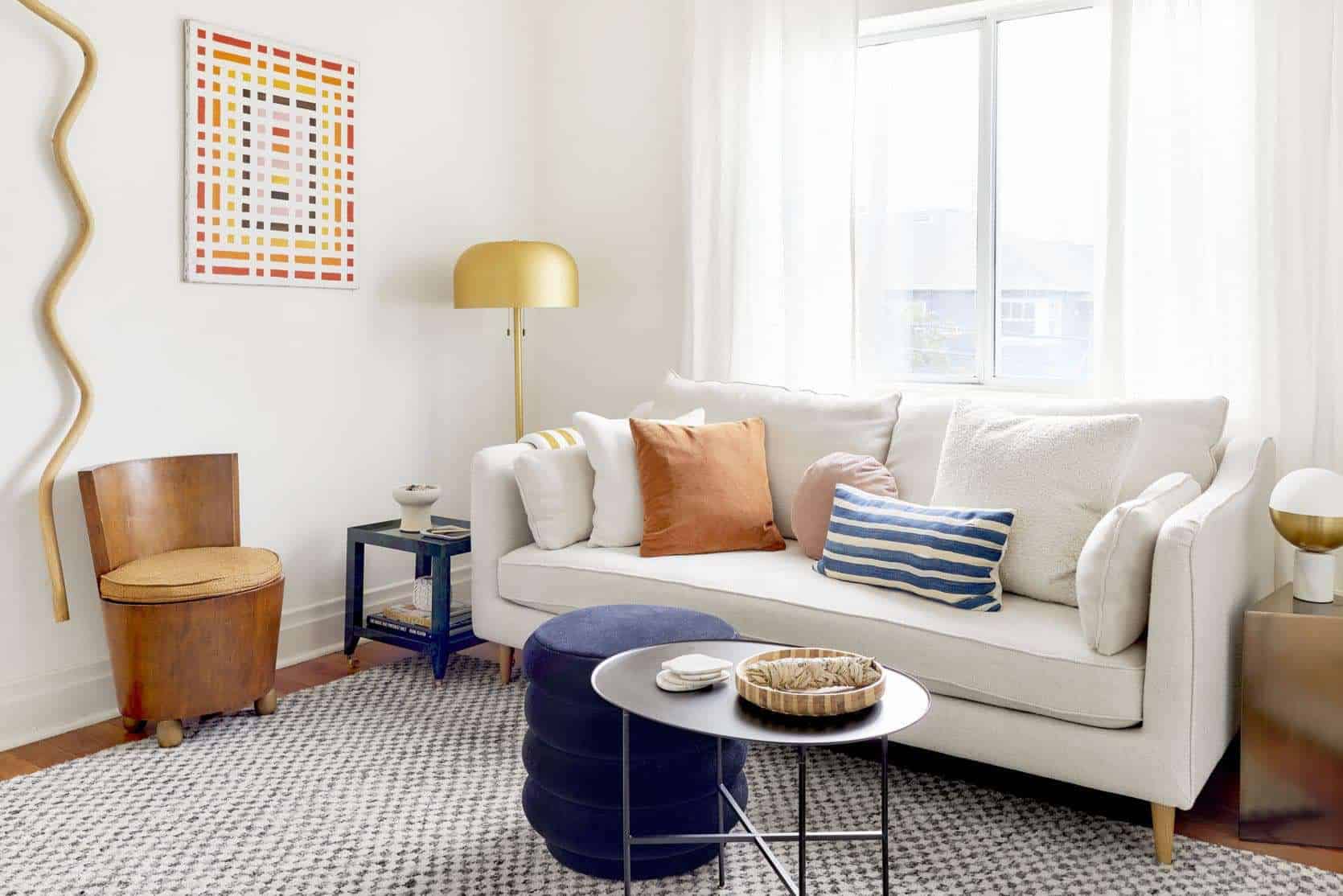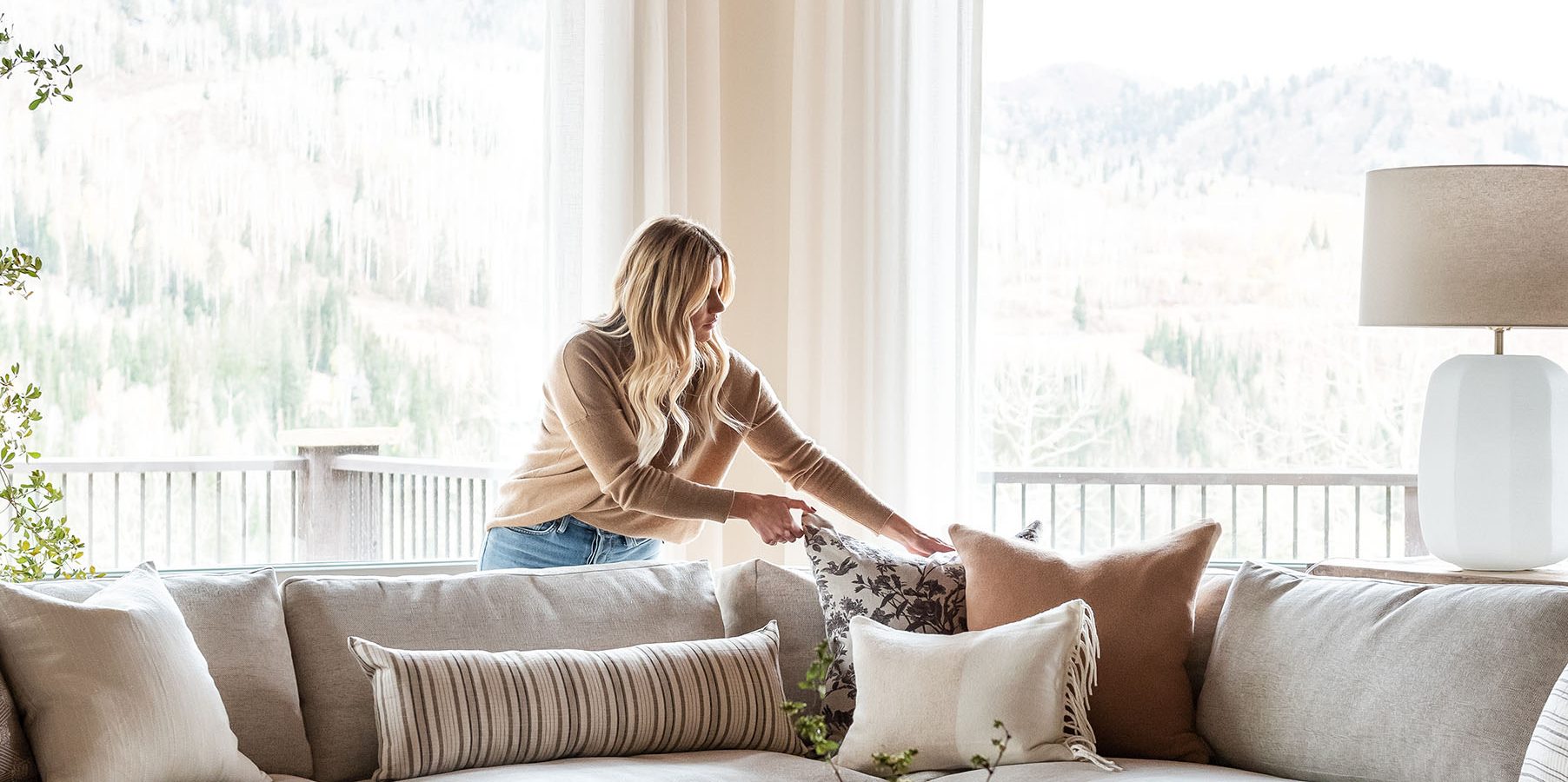The art of pillow placement goes beyond simply throwing pillows onto a bed or couch haphazardly. Thoughtful and strategic pillow placement can enhance the overall aesthetic and comfort of a space. In this guide, we will explore the key principles and techniques for achieving pillow perfection in various settings, from bedrooms to living rooms.
Understanding the Purpose of Pillows
Before diving into pillow placement, it is essential to understand the purpose of pillows. Pillows serve both functional and decorative roles. functionally, they provide support, comfort, and promote proper spinal alignment during sleep or relaxation. Decoratively, pillows add texture, color, and personality to a space, tying together the overall design scheme.
Selecting the Right Pillows

When selecting pillows, several factors should be considered to ensure optimal comfort and style. Here are the key points to keep in mind:
- Fill Material: Choose a fill material that suits your preferences. Down pillows offer a luxurious and soft feel, while memory foam pillows provide excellent support and contouring. Synthetic fills, such as polyester, can be a more affordable option with varying degrees of firmness.
- Firmness: Determine the desired firmness level based on personal preference and sleeping position. Side sleepers may prefer firmer pillows to maintain proper spinal alignment, while back or stomach sleepers may opt for medium to soft pillows for better comfort.
- Size: Consider the appropriate pillow size based on the furniture and scale of the room. Standard pillows are typically 20×26 inches, while queen and king sizes offer more width for larger beds or to create a fuller look on sofas or sectionals.
- Pillow Covers: Look for removable pillow covers or protectors that are machine washable. This makes it easier to clean and maintain the pillows, preventing allergens and prolonging their lifespan.
- Consider Allergies: If you have allergies, opt for hypoallergenic pillows that are designed to resist allergens like dust mites. These pillows are often made with materials that are resistant to mold, mildew, and bacteria.
By considering these points when selecting pillows, you can ensure that you find the right combination of comfort and style to enhance your sleep or relaxation experience.
Pillow Placement in the Bedroom

A well-dressed bed can transform a bedroom into a cozy and inviting haven. When it comes to pillow placement in the bedroom, consider the following techniques:
- The Foundation: Start with the foundation pillows, typically standard or king-sized pillows that provide the necessary support for sleeping. These pillows should be placed against the headboard or the wall, neatly aligned.
- Decorative Shams: Layer on decorative pillow shams in various sizes and patterns. These can be placed directly in front of the foundation pillows, adding visual interest and texture to the bed. Experiment with different arrangements, such as symmetrical or asymmetrical groupings, to achieve the desired look.
- Accent Pillows: Top off the bed with a few accent pillows that complement the color scheme or theme of the room. These smaller pillows can be placed in front of the decorative shams or arranged in a contrasting pattern. Use these accent pillows to add pops of color or introduce unique textures, such as velvet or embroidery.
Pillow Placement in the Living Room

Pillows in the living room serve both comfort and style purposes. Consider the following strategies for achieving perfect pillow placement in the living room:
- Sofas and Sectionals: Start by placing a pair of larger square or rectangular pillows on each end of the sofa or sectional. These pillows provide back support while creating a balanced and symmetrical look. If the seating area is wide, additional pillows can be added in between for added comfort.
- Layering Techniques: Create depth and visual interest by layering pillows of different sizes, shapes, and textures. Mix and match patterns and solids to create a cohesive yet interesting arrangement. For example, pair square pillows with lumbar or bolster pillows to add variation and create a dynamic focal point.
- Floor Pillows or Poufs: Consider incorporating floor pillows or poufs for additional seating and a relaxed ambiance. These pillows can be placed near coffee tables or in corners to create cozy and casual seating areas.
Pillow Placement in the Outdoor Seating

When it comes to pillow placement in outdoor seating areas, there are a few key points to consider to create a comfortable and inviting space. Here are the main factors to keep in mind:
- Weather-Resistant Materials: Choose pillows made from weather-resistant fabrics to withstand outdoor elements. Opt for materials such as acrylic, polyester, or outdoor-grade fabric that can resist fading, mildew, and moisture.
- Color and Pattern: Select pillows that complement the outdoor surroundings and furniture. Consider the color scheme of your outdoor space and choose pillows with patterns or solid colors that enhance the overall aesthetic.
- Size and Shape: Consider the size and shape of the seating area when selecting pillows. Square or rectangular pillows are versatile and can provide back support, while lumbar pillows can offer additional comfort and help alleviate strain on the lower back.
Maintaining Pillow Perfection
Once you have achieved the ideal pillow placement, it is important to maintain their appearance and functionality. Fluff pillows regularly to restore their shape and prevent them from becoming flat or lumpy. Consider using pillow protectors or removable covers that can be easily washed, ensuring cleanliness and extending the lifespan of the pillows. Additionally, rotate and replace pillows periodically to prevent wear and tear.


